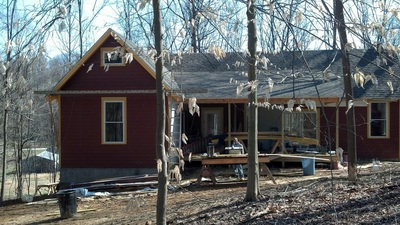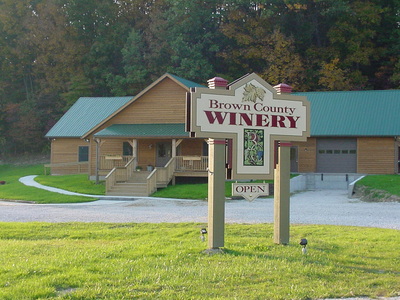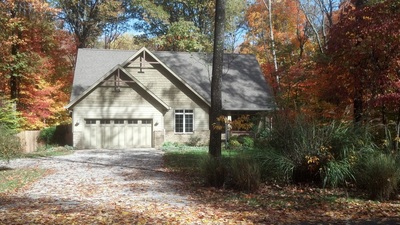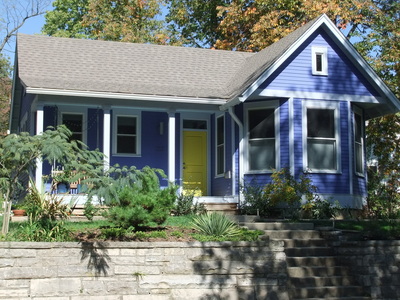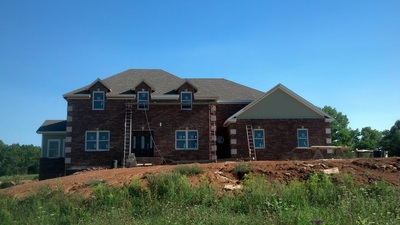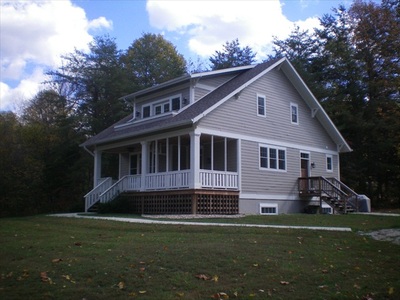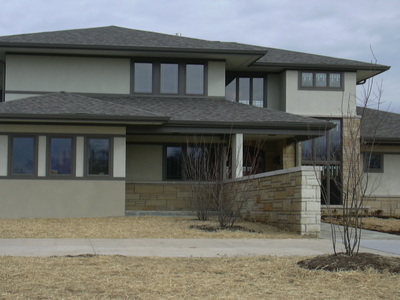Energy Savers: Spray foam, ICF, SIP
The most energy efficient home
is the one that's built to be that way
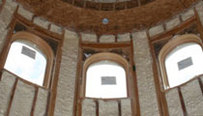
Spray Foam Insulation
Spray polyurethane foam creates continuous insulation and air sealing barriers in walls, attics, roofs, around corners, crawlspaces, and basements. It is a great idea for new construction, renovation, and overall energy efficiency and conservation improvements.
Spray foam insulation can be a great investment in your home. It helps lower energy bills through reducing air leaks and improving your home’s energy efficiency. In some cases, choosing spray foam may qualify you for tax credits or rebates. Spray foam could also improve your indoor environment by making your home more comfortable, especially during hot and cold seasons. With a high R-value and air barrier properties, spray foam is a powerful insulation material and it has a unique ability to fill the gaps and holes that could be difficult to seal.
Find out more about spray foam.
Spray polyurethane foam creates continuous insulation and air sealing barriers in walls, attics, roofs, around corners, crawlspaces, and basements. It is a great idea for new construction, renovation, and overall energy efficiency and conservation improvements.
Spray foam insulation can be a great investment in your home. It helps lower energy bills through reducing air leaks and improving your home’s energy efficiency. In some cases, choosing spray foam may qualify you for tax credits or rebates. Spray foam could also improve your indoor environment by making your home more comfortable, especially during hot and cold seasons. With a high R-value and air barrier properties, spray foam is a powerful insulation material and it has a unique ability to fill the gaps and holes that could be difficult to seal.
Find out more about spray foam.
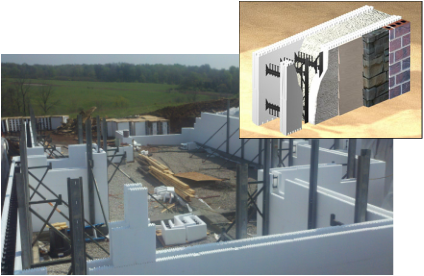
Insulating Concrete Form (ICF)
This is a 60-year-old construction technology that’s enjoying new life because of its energy-saving properties. Concrete is poured into forms that serve as insulation layers. The modular forms lock together kind of like Legos and create a form for the structural walls or floors.
An industry-funded study by the Massachusetts Institute of Technology issued a report in late 2010 showing that buildings made from insulating concrete forms saved 20% over the energy consumed by wood-frame buildings in cold climates.
See photos of an ICF house being built.
Find out more about ICF.
This is a 60-year-old construction technology that’s enjoying new life because of its energy-saving properties. Concrete is poured into forms that serve as insulation layers. The modular forms lock together kind of like Legos and create a form for the structural walls or floors.
An industry-funded study by the Massachusetts Institute of Technology issued a report in late 2010 showing that buildings made from insulating concrete forms saved 20% over the energy consumed by wood-frame buildings in cold climates.
See photos of an ICF house being built.
Find out more about ICF.
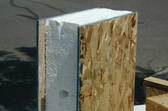
Structural Insulated Panels (SIPs)
SIPs are made from a layer of foam insulation that’s sandwiched between pieces of plywood, strand board or cement panels, kind of like an Oreo cookie. Insulating panels made from foam can help save up to 50% in energy costs over other materials.SIP detail
They can be used for foundations, floors, basements and load-bearing walls. Surfaces can be given finished looks, such as wood grain or stucco. Siding, bricks and stone can be installed on the panels, too.
Find out more about SIPs.
See photos of a home that uses both ICF and SIP technologies.
SIPs are made from a layer of foam insulation that’s sandwiched between pieces of plywood, strand board or cement panels, kind of like an Oreo cookie. Insulating panels made from foam can help save up to 50% in energy costs over other materials.SIP detail
They can be used for foundations, floors, basements and load-bearing walls. Surfaces can be given finished looks, such as wood grain or stucco. Siding, bricks and stone can be installed on the panels, too.
Find out more about SIPs.
See photos of a home that uses both ICF and SIP technologies.


